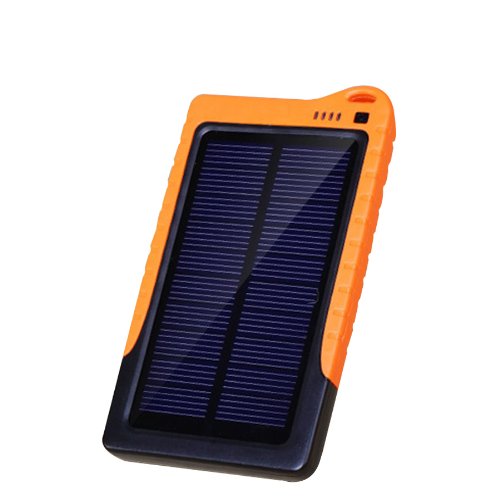NeverDie
Senior Member
It would be nice if there were a scalable solar power pack, maybe notionally similar to this one (which comes in 3 different capacities, depending on your needs) :

http://www.amazon.com/Allpowers%C2%AE-Monocrystalline-Environment-Thunderbolt-Incredible/dp/B00EEYVMQO/ref=cm_cr_pr_sims_t
for powering outdoor projects, whether it be DIY wireless sensors, wireless deadbolts for gates controlled by home automation, or whatever. Ideally, it would be weatherproof, waterproof (say IP66?), could withstand summer heat even while in direct sunlight, have a rechargeable battery that lasts many years but when it eventually dies can be replaced with readily available off-the-shelf stock rechargeable batteries, and that would be UV proof (i.e. none of those cheap polycarbonate windows that turn opaque from too much UV damage).
Do such things exist yet that anyone here has tried or is currently using?
I'd rather not DIY it, but "Plan B" would be to just get a solar panel and run the wires into a NEMA enclosure, and do the battery charging DIY-style in there. "Plan C" would be to chuck solar altogether and just feed freshly recharged batteries into a NEMA enclosure on an as-needed basis (as determined by wireless supervision alerts) and bring the spent batteries inside for recharging.

http://www.amazon.com/Allpowers%C2%AE-Monocrystalline-Environment-Thunderbolt-Incredible/dp/B00EEYVMQO/ref=cm_cr_pr_sims_t
for powering outdoor projects, whether it be DIY wireless sensors, wireless deadbolts for gates controlled by home automation, or whatever. Ideally, it would be weatherproof, waterproof (say IP66?), could withstand summer heat even while in direct sunlight, have a rechargeable battery that lasts many years but when it eventually dies can be replaced with readily available off-the-shelf stock rechargeable batteries, and that would be UV proof (i.e. none of those cheap polycarbonate windows that turn opaque from too much UV damage).
Do such things exist yet that anyone here has tried or is currently using?
I'd rather not DIY it, but "Plan B" would be to just get a solar panel and run the wires into a NEMA enclosure, and do the battery charging DIY-style in there. "Plan C" would be to chuck solar altogether and just feed freshly recharged batteries into a NEMA enclosure on an as-needed basis (as determined by wireless supervision alerts) and bring the spent batteries inside for recharging.
